Head to Head Comparison
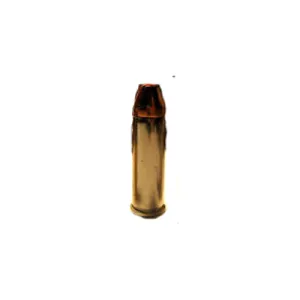

0 Reviews
0 Reviews

0 Reviews
0 Reviews


0 Reviews
0 Reviews

0 Reviews
0 Reviews
MSRP:
$0.00Used Price:
$0.00New Price:
$0.00MSRP:
$0.00Used Price:
$0.00New Price:
$0.00Height
1.16
0.00
Average FPS
876
Average Grain
138
Average Energy
235
Recoil
0.53
0.00
Ballistic Coefficient
140.71
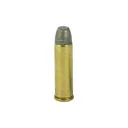

.32 H&R Magnum vs .38 Special (.38 Smith & Wesson Special)


.327 Federal Magnum vs .38 Special (.38 Smith & Wesson Special)


.357 Magnum vs .38 Special (.38 Smith & Wesson Special)

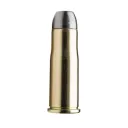
.38 Special (.38 Smith & Wesson Special) vs .38 WCF

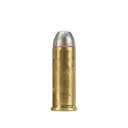
.38 Special (.38 Smith & Wesson Special) vs .38 LC


.38 Special (.38 Smith & Wesson Special) vs 45 LC/ 410 GA


.38 Special (.38 Smith & Wesson Special) vs .38 Super Auto

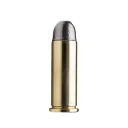
.38 Special (.38 Smith & Wesson Special) vs 38 Long Colt


.38 Special (.38 Smith & Wesson Special) vs .45 Colt (.45 Long Colt)